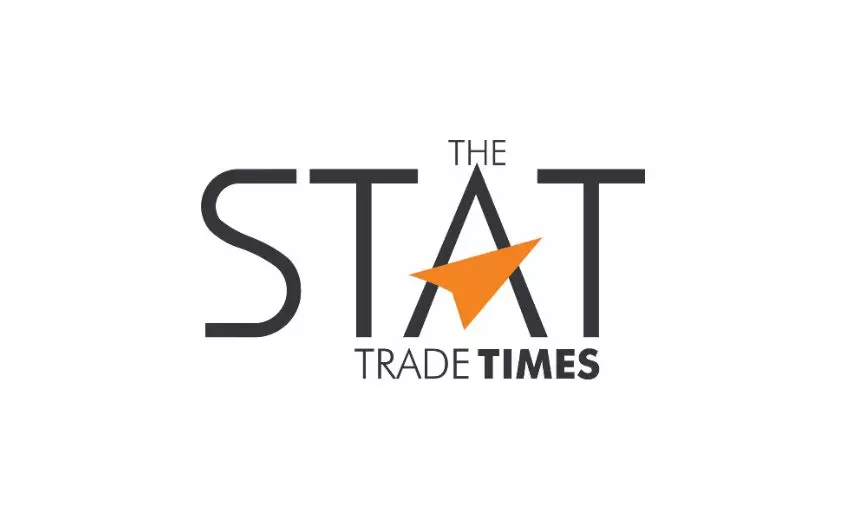
Decongesting logistic hubs with digitisation
<p style="text-align: justify;"><strong style="font-weight: bold;"><em>Shreya Bhattacharya</em><br /></strong>In a supply chain, logistics hubs are the junction points which witness the maximum action. These are the trans-shipment hotspots where massive volumes of cargo converge, are reassigned, and are then sent on their way to the consignee. Airports, ocean and river ports, transport and package centers, even large […]

Shreya Bhattacharya
In a supply chain, logistics hubs are the junction points which witness the maximum action. These are the trans-shipment hotspots where massive volumes of cargo converge, are reassigned, and are then sent on their way to the consignee. Airports, ocean and river ports, transport and package centers, even large industry and production sites are among the regular trans-shipment centers that play a vital role in a supply chain.
Managing the goods at the logistics hub itself is just as essential as ensuring a smooth movement of inbound and outbound transports of these goods. Congestion at these hubs could create bottlenecks in the flow of goods and thereby cause delays in rest of the chain. Therefore, synchronising the entire process while keeping every player informed in the loop is pertinent. This would ensure that goods are passed through these hubs, small or big, without ending up stuck in traffic.
Siemens Postal, Parcel & Airport Logistics (SPPAL) and its subsidiary AXIT, a specialist for cloud-based IT solutions for the management of supply chains, are focusing on the optimisation of the entire transport chain with their joint efforts on an integrated workflow via a cloud-based platform. Today hub operators do not have an easy access to the information like the size of the consignment, estimated arrival time, transport management data from the logistics service providers, etc. Due to this, consignments end up getting accumulated in stacks within the hubs. A proper communication channel, which is easily accessible to all stakeholders can turn the business around and make it more profitable and reliable by optimum utilisation of resources.
An expert paper recently released by AXIT emphasizes on three primary, closely related areas that are predestined for the use of cross-enterprise IT platforms.
Transport management: Shipping data is transmitted from the consignors or their forwarders to the centralized IT platform. This data already includes everything the logistics hub needs to know, including type of shipment, volume, weight, estimated time of arrival, and much more. The platform gives hub managers a bird’s eye view of all incoming shipments from all forwarders. This would help the hub’s logistics managers to know the status of any given shipment so that they can make precise, reliable plans for its arrival.
Time slot management: Logistics hubs and forwarders use time slot management to agree on a good delivery time, thereby avoiding unnecessary congestion. Forwarders use their online access to view, reserve, and book open time slots. The hub also uses the system to confirm bookings to more efficiently allocate its personnel in receiving. This reduces the wait times for forwarders, and the added transparency makes it easier to manage spikes in orders.
Dock & Yard Management: This involves managing transports on site at the logistics hub with the objective of optimizing the use of existing resources and ensuring the smooth flow of all processes, from the arrival of the truck to its departure. Each individual vehicle entering the hub is identified using RFID, automatic license plate recognition, smart cards, or the like. The transport schedules and the available data about the vehicle and its load are used to coordinate the other on-site processes. Mobile devices or large display boards are used to give drivers the information they need, such as the assigned parking spot and loading dock.
An IT solution that covers these three areas makes it possible to plan and manage transports end to end and leverage the potential for greater efficiency: picking up the goods from the consignor, transporting them to the logistics hub, managing the processes within the logistics hub, and last but not least, unloading them at the dock,” the paper further says.
With this solution for logistics centers and transport companies, SPPAL and AXIT are paving the way to fully utilise the opportunities of digitalisation.
Cloud-based solutions are essential to getting the most value out of the logistics operations. According to information technology research and advisory firm Gartner, the worldwide public cloud services market is projected to grow 18 percent in 2017 to total $246.8 billion, up from $209.2 billion in 2016. Experts, meanwhile, note that cloud has made its impact across industries; from technology to commodities, but nowhere can its effects be more clearly seen than within logistics. Some of the key technology trends categorised by Gartner, which will be widely adopted for future logistics, include internet of things, intelligent business processes, algorithmic business, peer-to-peer networks and smart machines. These technologies are expected to eliminate inefficiencies within the supply chain and revolutionise the logistics industry.
Picture source: AXIT

